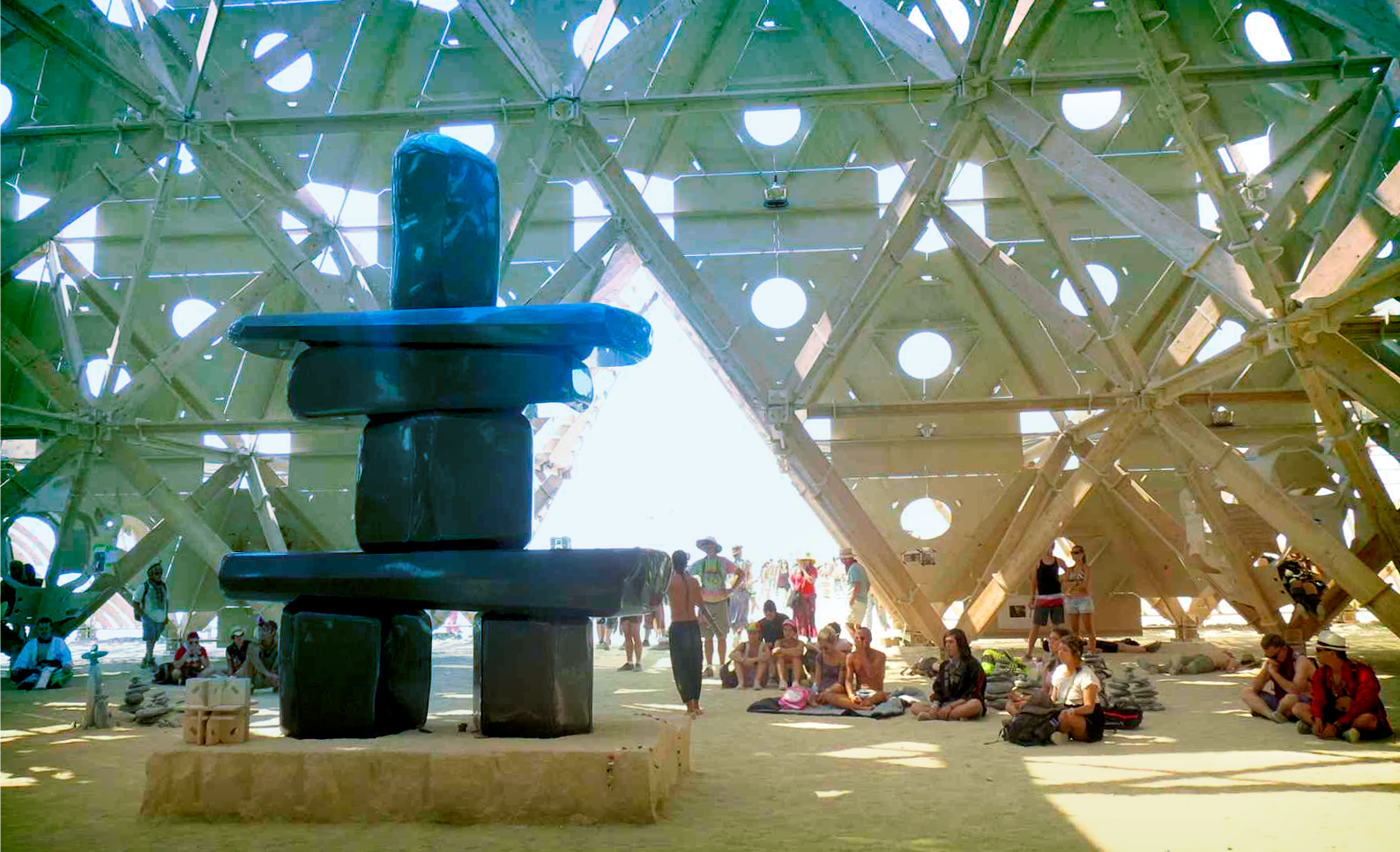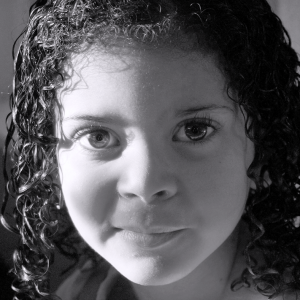Humans are a Community-Centric
We evolved to rely on community to survive. From moment we stood on two legs, we have derived our identity, culture, and beliefs from the people around us.
Our communities started as tribes. With agriculture, they became villages and cities. But as communities adapted and grew, they remained rooted in physical proximity. We were together, so we could build a fire to gather around. We could construct a market, temple, or wall. We could protect each other from harm.
The Internet is Changing the Nature of Human Community
Increasingly, our communities are not made up of people physically around us, but those we connect with online. It takes only a shared passion to create and foster meaningful relationships on the web. Whether or not we’ve met in the real world, the internet is globally becoming the predominant tool we use to communicate.
Like physical communities, online communities share their whole lives together. But what of the cultural aspects of community? There are few online analogs to the customs and traditions that united our physical communities. Do we need them, now that we’re not constrained by proximity?
Culture Needs to Evolve for the Web
The culture that surrounds our online communities is still fledgling. As the first waves of internet users embraced social networking, too often online interaction was defined by cruelty and abuse. The addition of younger demographics brought bullying to a new platform, sometimes with deadly consequences. Anonymity often fueled the flames.
Lawmakers, educators, and parents have tried to curb the web’s unsavory cultural aspects. Their efforts have fallen short and will continue to do so. That’s because online culture isn’t a problem that can be solved through offline regulation. It’s a problem that must be solved within the communities themselves. We can curb abuse over time, but doing so is insufficient: we must also build communities that support and nurture.
What should community support look like on the internet? How can we show compassion when we’re digitally connected but separated by distance?
One of the clearest examples of offline community support is response to death. Our physical communities bury bodies, scatter ashes, erect monuments, and embrace the mourning. The shared rituals help us accept and move forward.
Can a Digital Community Support Each Other through Tragedy?
It can. It already has.
The internet itself – the people who build, protect, fight for, and love this new global interconnectedness – is its own community. I’m a part of it, and you likely are as well.
We lost two beloved members of our community recently. The positive responses to these tragedies could help frame a model of how online communities can support each other through grief.
Aaron Swartz. 1986-2013.
Aaron was many things: a programmer, hacker, activist, founder, and friend. He fought for the freedom of information with all his intellect and creativity: both were plentiful. His tragic suicide occurred amidst a grand jury indictment. Accused of violating federal hacking laws by downloading millions of academic articles in order to make them freely available, he was facing up to 35 years in prison ((Info-Activist Aaron Swartz Facing 35 Years in Prison for Alleged JSTOR, MIT Hack. Publishers Weekly.)).
How did the internet community respond to Aaron’s tragic death? With action. Last month, Brian Knappenberger released a crowdfunded documentary, The Internet’s Own Boy, about Aaron’s life and death. In January of 2014, Lawrence Lessig led a walk across New Hampshire in Aaron’s honor ((Lawrence Lessig Walking Across New Hampshire In Memory Of Aaron Swartz. Huffington Post.)). Yesterday, Lessig’s MayDay Super PAC reached its five million dollar goal, bringing action to the cause Aaron and so many of us believe in: removing the influence of money from politics ((About the MayDay PAC)). We lost Aaron, but we promised not to lose his war.
Aaron’s Community Lesson:
Advocate for the dreams and passions of those we love.
Respect their memory by carrying forward their vision.
Rebecca Alison Meyer. 2008-2014.
Eric Meyer is a beloved member of the internet community. His work and advocacy over two decades towards better web technologies and standards is renowned. Last month, Eric and his wife Kat tragically lost their six-year-old daughter, Rebecca, to cancer ((Photo: In Memoriam: Rebecca Alison Meyer. Myerweb.)). In the wake of the tragedy, the internet community sought ways to show its love and support.
One tribute stood out. Rebecca had a favorite color, and it was purple. Specifically, it was the shade of purple expressed by HTML hex value #663399. In her honor, a proposal was made and accepted to add a name to color #663399 in the CSS4 specification: “Rebecca Purple.” Just as sympathy flowers are grown from the land of the bereaved, the internet made a tribute in the very material it’s made of.
Rebecca’s Community Lesson:
Support each other in ways that are meaningful to your own community.
Show caring in ways that reflect the individuality of those we love.
In Conclusion
The digital nature of our communities does not make us any less human. Minimizing communication to text and emoticons does not (and will) not minimize the spectrum of our emotion. If we intend to live more fully online, we’ll need ways to support each other just as our cultural traditions have done.
Culture will surely look different for each online community. Let’s be explicit about its creation. Let’s not think of ourselves as individuals with computers, but as communities who use computers to connect. Let’s find new ways to support each other though life’s storms.




2 Comments
Chime in Leave a Comment
Trackbacks for this post